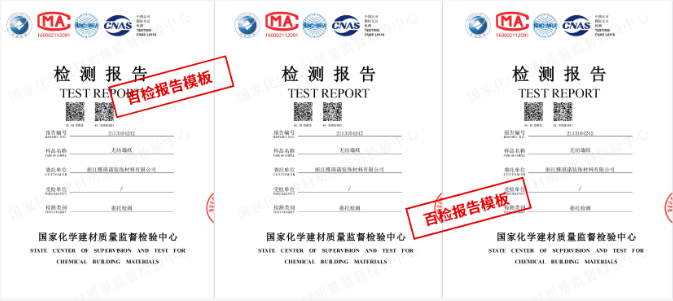
本文主要列举了关于植物及其植物产品的相关检测仪器,检测仪器仅供参考,如果您想了解自己的样品需要哪些检测仪器,可以咨询我们。
1. Gas Chromatography-Mass Spectrometry (GC-MS): GC-MS is a powerful analytical technique used to identify and quantify compounds in plant materials and products by separating chemical mixtures for detection.
2. High Performance Liquid Chromatography (HPLC): HPLC is a method used for separating compounds in a mixture based on their interaction with a stationary phase, commonly used to analyze plant extracts for active components.
3. Nuclear Magnetic Resonance (NMR) Spectroscopy: NMR spectroscopy is a technique that provides information about the structure and composition of molecules in plant products by analyzing the magnetic properties of atomic nuclei.
4. Infrared (IR) Spectroscopy: IR spectroscopy is used to analyze the functional groups present in plant materials and products by measuring their absorption of infrared light.
5. Ultraviolet-Visible (UV-Vis) Spectroscopy: UV-Vis spectroscopy is a technique used to determine the concentration of compounds in plant samples by measuring their absorption of ultraviolet or visible light.
6. Mass Spectrometry (MS): MS is an analytical technique used to identify and quantify compounds in plant extracts by ionizing molecules and measuring their mass-to-charge ratios.
7. Inductively Coupled Plasma Mass Spectrometry (ICP-MS): ICP-MS is utilized for elemental analysis in plant products by ionizing samples in a plasma and detecting the ions' mass-to-charge ratios.
8. Fourier Transform Infrared (FT-IR) Spectroscopy: FT-IR spectroscopy is a technique that provides detailed information on the functional groups present in plant samples by measuring their infrared absorption.
9. X-ray Diffraction (XRD): XRD is a method used to analyze the crystal structure of minerals in plant materials by directing X-rays at the sample and observing the resulting diffraction pattern.
10. Enzyme-Linked Immunosorbent Assay (ELISA): ELISA is a biochemical technique used to detect and quantify specific plant proteins or compounds in samples by utilizing antibodies and colorimetric assays.
11. High Performance Thin Layer Chromatography (HPTLC): HPTLC is a chromatographic technique used to separate and analyze compounds in plant extracts based on their movement on a thin layer of absorbent material.
12. Differential Scanning Calorimetry (DSC): DSC is a thermal analysis technique that can be used to study the thermal properties of plant products, such as melting points and transitions.
13. Gas Chromatography (GC): GC is a method for separating and analyzing volatile compounds in plant materials by using gas as the mobile phase in the chromatographic process.
14. Atomic Absorption Spectroscopy (AAS): AAS is used to determine the concentration of metals in plant samples by measuring the absorption of specific wavelengths of light by the atoms in the sample.
15. Real-Time Polymerase Chain Reaction (PCR): PCR is a molecular biology technique used to amplify and detect specific DNA sequences in plant materials for genetic analysis or species identification.
16. Capillary Electrophoresis (CE): CE is an analytical technique used to separate and analyze charged compounds in plant extracts based on their electrophoretic mobility in a capillary tube.
17. Near-Infrared Reflectance Spectroscopy (NIRS): NIRS is a rapid analytical technique for assessing the chemical composition of plant samples based on their absorption of near-infrared light.
18. Transmission Electron Microscopy (TEM): TEM is a high-resolution imaging technique used to study the ultrastructure of plant cells and tissues at the nanoscale level.
19. Circular Dichroism (CD) Spectroscopy: CD spectroscopy is utilized to analyze the secondary structure of proteins in plant samples by measuring their differential absorption of circularly polarized light.
20. Scanning Electron Microscopy (SEM): SEM is a microscopy technique used to examine the surface morphology of plant samples at high magnification by scanning them with a focused electron beam.
检测流程步骤

温馨提示:以上内容仅供参考使用,更多检测需求请咨询客服。


